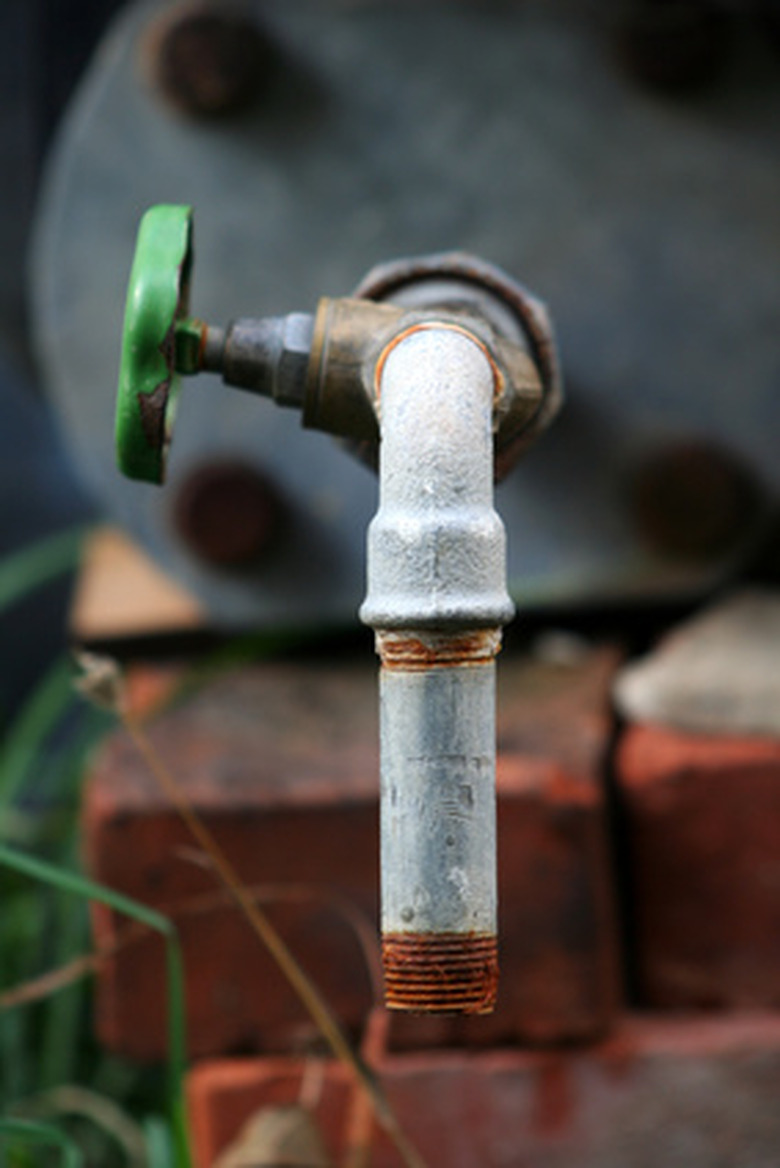No Gutters Method To Collect Rain Water
Collecting rainwater is a technique that has been practiced for centuries as an environmentally friendly method to collect rain for distribution in gardens and across landscaping. Today houses are built with roof gardens that naturally absorb the rain and grow an insulating layer of grass. But if you do not have a roof garden you can still collect and use rainwater. It is easiest with gutters around your roof, but there are methods of rainwater collection even without gutters.
Catchments and Diverters
Catchments and Diverters
Catchment areas on rooftops are places where water is naturally directed in certain pathways. A slanting rooftop will always direct rain water down. When two sections of rooftop meet, they will often form a single catchment line that will force the rainwater into a stream. These catchment areas focus rainwater like gutters, which means there will always be sections of your house where rainwater falls more heavily. Use a collection vessel or drainage pipes at these areas to collect and distribute the rainwater, rather than letting it fall at the corners of your house.
Diverters are metal sections that you can install above doorways or flower beds to protect them against frequent rainfall. These diverters are not gutters: They are short sections of aluminum, usually only several feet long, that are fitted underneath the shingles of the roof to form a metal wall that diverts the rainwater away. These diverters will also form concentrated streams of water that you can channel or collect.
Barrels and Landscaping
Barrels and Landscaping
One of the most ancient and popular methods to collect rainwater is with a barrel. There are many different types of rain barrels that are sold at gardening and landscaping centers. Essentially, they stand in your yard and collect water as it falls. Neither roof nor gutters are needed, and after it rains, the water can be used for whatever gardening purpose you want. Some barrels are even connected to underground pipes that automatically channel the water in certain areas. You should be able to find a style of rain barrel that fits in with your overall landscaping plan.
You can also use the land itself to channel rainwater into certain areas. Look for low-level areas in your garden where water tends to collect. These areas might be a good spot to place a diverter pipe that can be positioned to carry water away, or you can build natural, slightly depressed valleys as you landscape that will carry water evenly throughout your garden.
